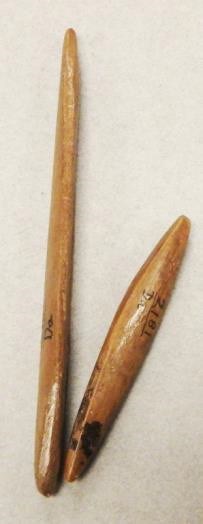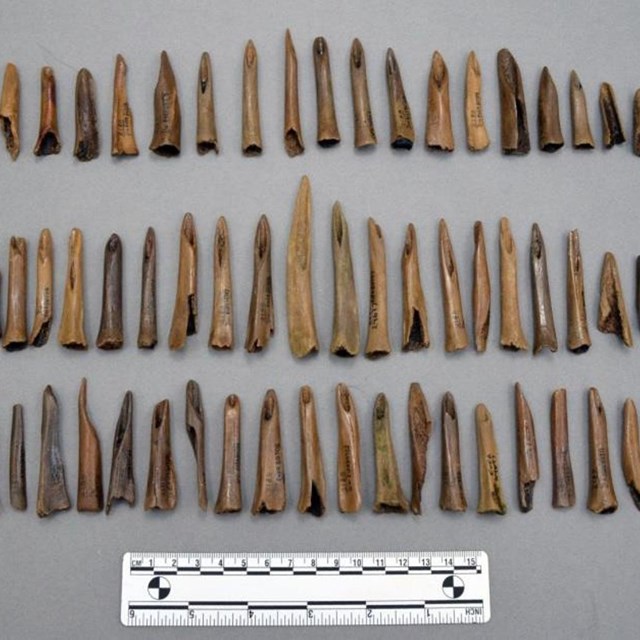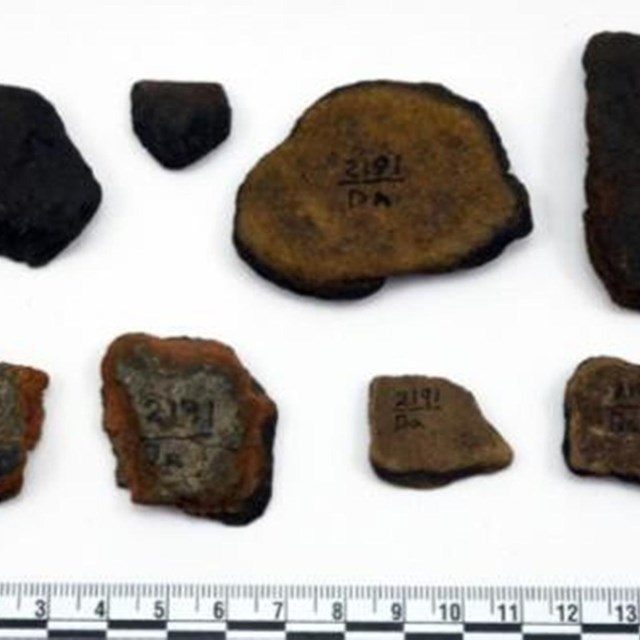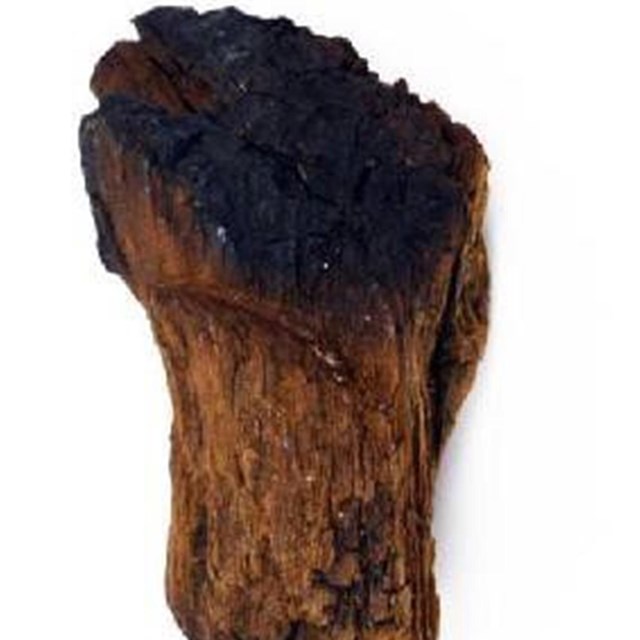
NPS Photo
Fishing
Fishing was an important part of life for early Floridians. Fish could be caught individually with hooks, gorges, and spears or could be caught in groups using nets or fish weirs, which used rows of wooden poles or stones to trap fish.
Fish Hooks
Native Americans living in the Everglades made fish hooks by lashing a sharpened piece of bone to another piece of sharpened bone or wood. These fish hooks are called composite hooks because they are made up of multiple parts. These hooks were simpler to make than the J-shaped bone hooks that were made in other places.

NPS Photo
Fish Gorges
Fish gorges were designed to be swallowed whole by the fish and become lodged in the fish’s throat. According to European explorers, Native Americans sometimes fished with gorges without using bait. Many of these gorges could be set and left in place while people did other tasks.

NPS Photo
Leisters
Leisters are a type of multi-pronged spear similar to a gig. The leister typically has one central sharp point designed to pierce the top of the animal’s body and two or more side points that are designed to grasp the fish. Once speared, the fish can be pulled up by the leister’s handle.
Anhinga Trail Collections
-
 Socketed Bone Points
Socketed Bone PointsThe Anhinga Trail collection contains 96 socketed bone and antler points.
-
 Ceramics
CeramicsAt many archeological sites ceramics are the most common artifact found.
-
 Wood Objects
Wood ObjectsArtifacts made from wood often decay long before archeologists excavate sites.
Last updated: July 16, 2024
